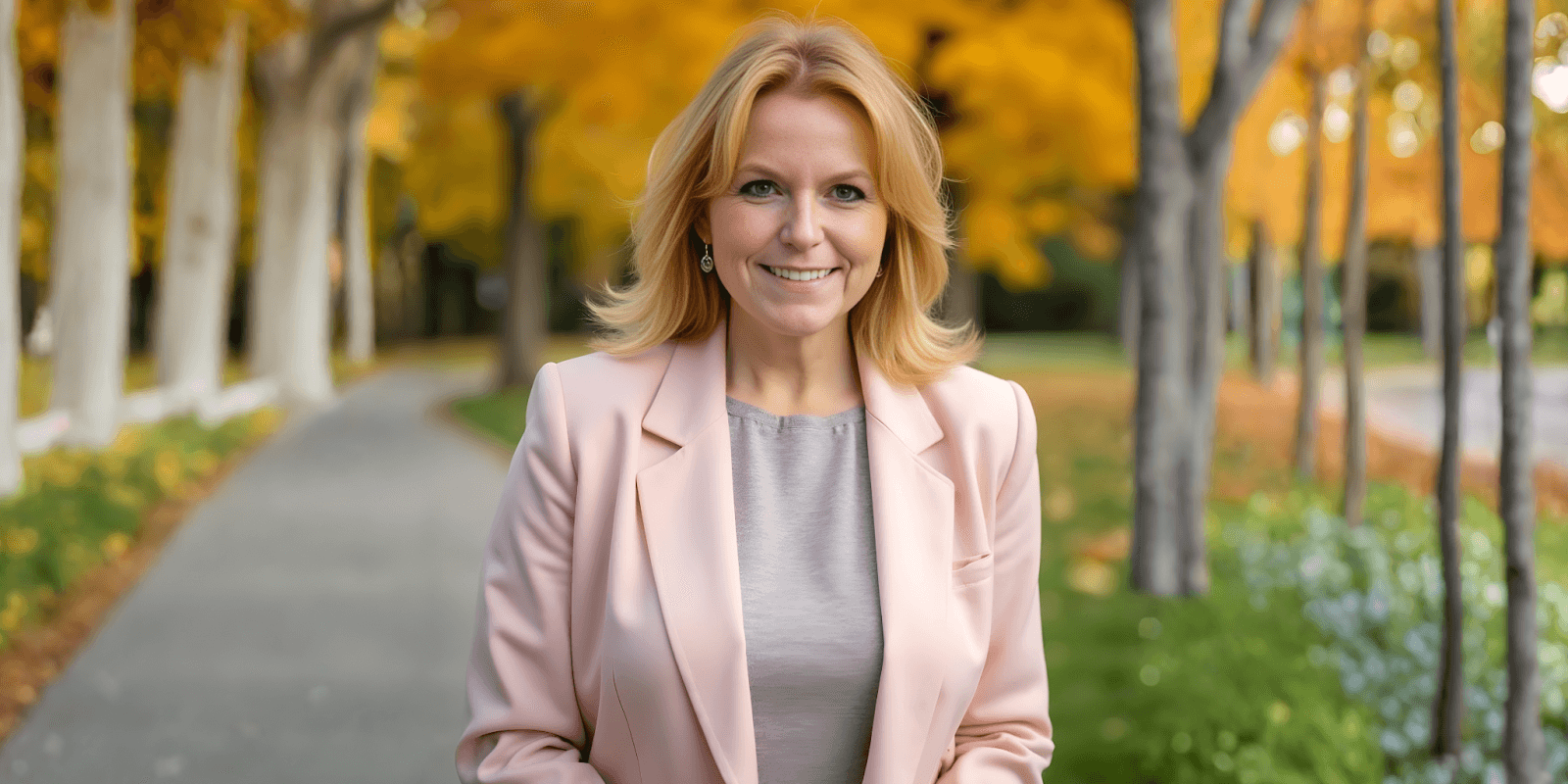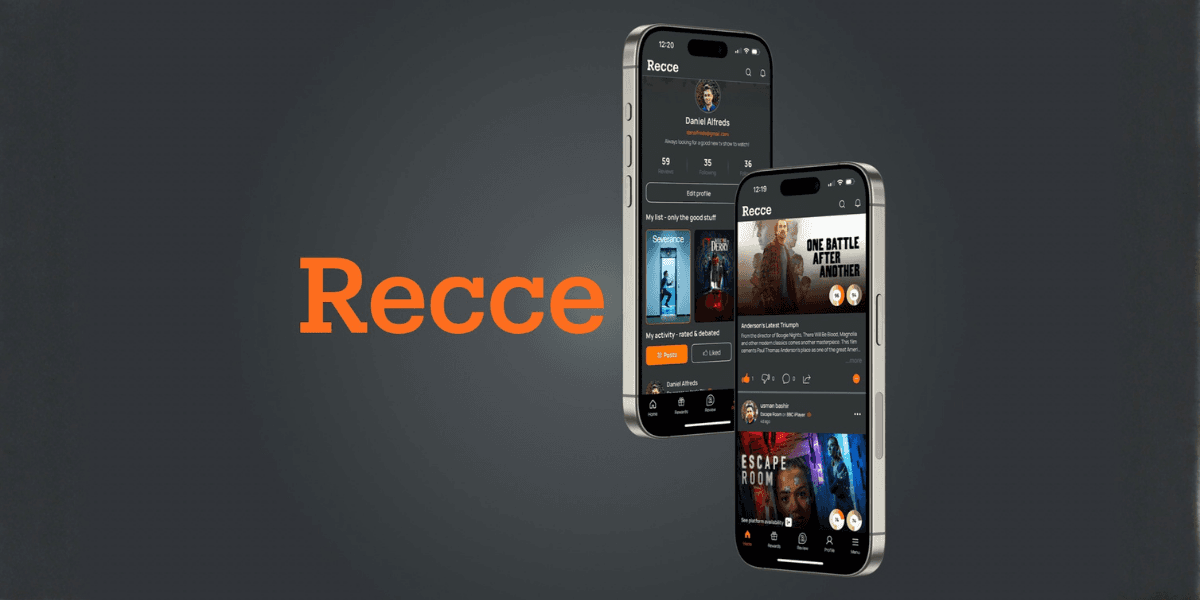How the MILA AI Platform Began With One Family’s Story
The MILA AI Platform aims to help clinicians organize and interpret information that would otherwise remain scattered.
By
Nov 16, 2025
NATIONWIDE - NOVEMBER 2025 - (USAnews.com) When Panamanian engineer Osvaldo Restrepo and his wife welcomed premature triplets at twenty eight weeks, they stepped into the fragile world of neonatal intensive care. Their days became a cycle of bright monitors, urgent check ins, brief moments of hope, and long stretches of fear. Yet one discovery inside the public hospital changed everything. The staff recorded every detail on paper. There was no digital system to collect data, connect trends, or support early detection. This gap shaped the journey that led to the creation of the MILA AI Platform.
Their daughter Mila, the smallest of the three infants, developed complications related to hemolysis. Her symptoms were first interpreted as an infection because her information existed only in handwritten notes spread across multiple sheets and shifts. The full picture did not appear in time. Despite the effort of the clinical team, Mila did not survive. Restrepo emphasizes that the team worked with commitment and compassion. The challenge was structural. The hospital lacked the tools needed to gather and interpret information quickly.
This moment revealed a larger issue present across many public hospitals in Latin America and other low resource regions. Clinicians work under intense pressure, often caring for many infants at once, yet they must rely on systems that have changed very little in decades. The MILA AI Platform grew from Restrepo’s determination to address this problem.
Why the MILA AI Platform Focuses on Low Resource Hospitals
The focus keyphrase of this article is the MILA AI Platform. Restrepo built the platform with the specific intention of supporting clinical teams in environments where digital infrastructure may be limited. As a PhD level software engineer with experience in automation and applied AI, he understood the technical challenges. As a parent who lived inside the NICU, he understood the emotional and operational ones.
The MILA AI Platform aims to help clinicians organize and interpret information that would otherwise remain scattered. It brings together data points that are often tracked separately on paper. In neonatal units where early clues can be subtle, clearer visibility may help teams recognize patterns worth reviewing sooner. The platform is shaped by three guiding principles. It seeks to help clinicians identify possible high risk trends based on available information. It seeks to reduce overlooked details in hospitals without modern digital systems. And it supports clearer communication with families who often struggle to understand complex updates.
Restrepo stresses that the MILA AI Platform is not designed to replace professionals. Its purpose is to reduce cognitive overload by presenting information in a way that is easier to review during moments when time is limited and workloads are high.
A Mission Without Profit and Without Promotion
Restrepo makes clear that he does not build the MILA AI Platform for personal gain. He builds it because he knows the urgency of these moments firsthand. He and his wife experienced the heartbreak of losing a child. They saw the strain carried by nurses and physicians working with limited tools. They saw the consequences of fragmented information inside systems stretched beyond capacity.
He explains that he is not seeking exposure or commercial success. His priority is awareness. Many families do not realize that their hospital may still rely entirely on paper. Many healthcare teams do not have access to integrated systems that allow faster review of essential information. By telling his story, Restrepo hopes to encourage interest, collaboration, and support for improving clinical technology in neonatal care.
A Path Forward for the MILA AI Platform in Latin America
Restrepo now focuses on research that examines diagnostic accuracy in neonatal units and how digital platforms can assist clinicians in reviewing complex information more efficiently. His plans include partnerships with hospitals in Panama and other Latin American regions, independent validation studies, multilingual support, and integrations with existing electronic record systems where available. He also plans parent facing dashboards that translate clinical updates into clear, accessible language.
The name MILA stands for Medical Insight and Learning Assistant. It honors his daughter while expressing the purpose of the platform. Restrepo sees this work as a way to help other families and to support the clinicians who dedicate their days to newborn care under immense pressure.
Why This Story Matters for Neonatal Care
When Restrepo enters a NICU today, he sees the commitment of each nurse and physician. He sees families holding hope in uncertain moments. And he sees how clearer information may help support the decisions that shape a newborn’s earliest days. His daughter’s story guides his work. The MILA AI Platform represents his promise to contribute to a future where clinicians have access to clearer insight, even in low resource environments.
Learn More About the Mission Behind the MILA AI Platform
Readers who want to understand the progress of the MILA AI Platform can follow Restrepo’s upcoming research releases and future collaborations with neonatal units. His goal is to support awareness of the challenges faced by public hospitals and to highlight the value of modern information systems in neonatal care. The work continues, shaped by both technical skill and personal devotion to a mission that began with a single family in Panama.
To dive deeper into the project, visit Osvaldo Restrepo’s Projects.
If you'd like to contribute, feel free to reach out via email at me@osvaldorestrepo.dev or bugfreewaldo@gmail.com.














